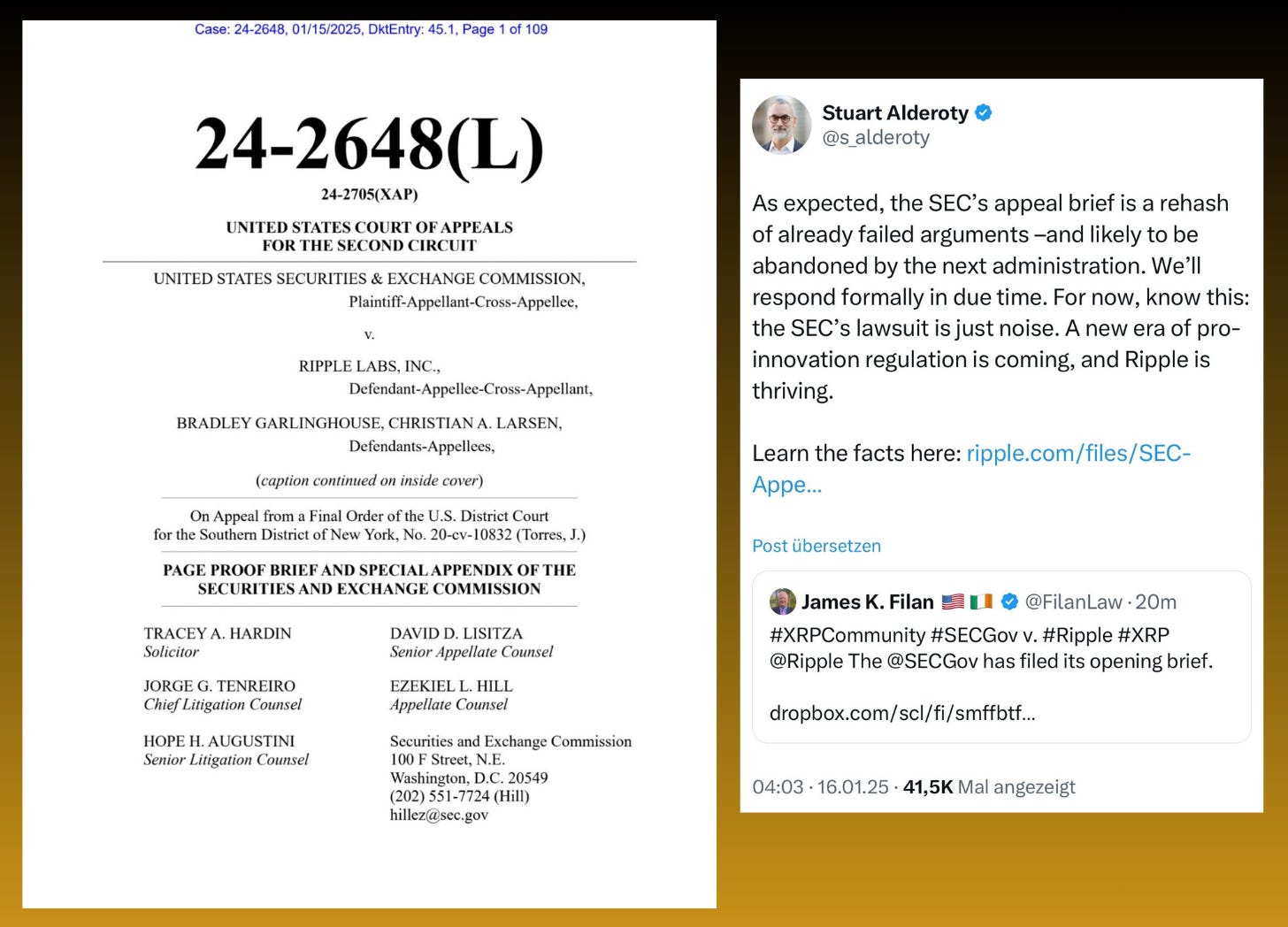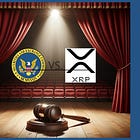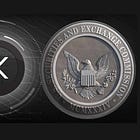The Global Significance of 'X' in Currency Symbols
Transcending Boundaries | Protecting National Sovereignty
Do you remember the song “Supercalifragilisticexpialidocious?” It was an upbeat song that made everyone smile and feel good. Even though the song made little or no sense, our “Maha Collective” team of citizen journalists can remember singing it often as kids. Enjoy a quick peak into the archives with this video clip.
It’s Supercalifragilisticexpialidocious
Even though the sound of it is something quite atrocious
If you say it loud enough, you will always sounds precocious
Supercalifragilisticexpialidocious
Um-diddle-diddle-diddle um-diddle-aye (4x)
With this post, our team is shining the light on another mysterious word that is rarely used in our day to day vernacular. The word we are referring to is “supranational.” It does not come with a catchy song, but it might just bring a smile to your face and serve up a little music for your ears. What does it mean exactly?
"Supranational" means going beyond national boundaries or authority, referring to an organization or policy that operates above the level of individual countries.
“Supranational” means to transcend national boundaries, authority or interests.
In the context of currency codes, the letter "X" typically signifies a "supranational" currency. Just like “supercalifragilisticexpialidocious,” the word “supranational” means little or nothing when you first hear it. However, in the context of currency codes, it means EVERYTHING.
Any currency code that starts with the letter “X” is a currency that can be used by multiple countries. Rather than the currency having a national affiliation like the US dollar (USD), or a regional affiliation to a bloc of countries like the European Union (EUR), a currency that begins with the letter “X” is a non-national or a “supranational” currency.
In the ISO 4217 currency code system, a currency code starting with "X" often denotes a non-standard or “supranational” currency. ISO 4217 is like a translator for all things money as it pares everything down into 3 letter codes for each and every currency. These codes are vital for clear and concise financial communications in the global markets. Check out this short video if you find yourself a little lost on this topic.
In short, ISO 4217 basically teaches us that any currency starting with the letter “X” is not owned by any one country. An “X” currency is reserved for funds, precious metals, and supranationals.
Think logically as this somewhat complex topic makes perfect sense when discussing precious metals. Rare-earth elements are not owned by any one country so an “X” designation in currency codes makes total sense. Here are a few examples of the letter “X” being combined with two-letter symbols from the periodic table of elements. XAU = Gold, XAG = Silver, XPD = Palladium, XPT = Platinum, and so on. In the case of precious metals, the "currency units" are further defined by ISO as one troy ounce of the specified metal.
So why is this information remotely important moving forward? Well, it becomes quite eye-opening when evaluating the wide world of crypto.
Bitcoin’s symbol, for example, is BTC so what does this 3 letter designation tell you?
This “currency,” created out of thin air in 2009, must be owned by some entity or country as its symbol does not start with “X”. Or more plainly stated, Bitcoin is clearly NOT considered a supranational currency. Even though BTC is often described as being “decentralized” and “open source,” it is not considered a “supranational” currency as its 3 letter code does not start with the letter “X.”
Bitcoin was created by an anonymous person or group using the pseudonym Satoshi Nakamoto. Nakamoto published a whitepaper titled "Bitcoin: A Peer-to-Peer Electronic Cash System," outlining the concept of a decentralized digital currency. The true identity of Satoshi Nakamoto remains unknown to this day.
More bluntly stated, Bitcoin (BTC) remains a mysterious cryptocurrency, despite being in existence for nearly 15 years. Some think that BTC actually stands for Beta Test Coin as if it has been paving the way for other cryptocurrencies or allowing for a “test run” of sorts.
Let’s dig a little deeper.
What about these three cryptocurrencies - XRP, XLM, and XDC? The “X” indicates what exactly? Well, the “X” tells us that these three crypto currencies are designed to be supranational, meaning that each will transcend national boundaries.
The “RP” in XRP likely stands for Ripple. The “LM” in XLM likely stands for Stellar Lumens. And the “DC” in XDC likely stands for Direct Connect. Similar to gold (XAU) and silver (XAG), these cryptocurrencies will never be owned and operated by any one country. These cryptocurrencies are built and designed for global use. One might say that these cryptocurrencies are in the public domain, owned and operated by “We The People.”
Let’s pause and reflect for a minute.
Does any of this talk about supranational currency codes and the letter “X” relate to X.com? It hard to tell at this point, but it is quite interesting to contemplate what it could mean, when equipped with the knowledge that the X.com domain name was originally owned by Elon Musk and a few others back in 1999.
Of course, it is widely known that Elon Musk purchased Twitter for $44 billion in 2022 and renamed it “X.”
Musk bought the X.com domain name from PayPal in 2017 for an undisclosed amount. He said he bought it back because it had "great sentimental value" to him.
Most people don’t know that X.com was founded by Musk in 1999 and it was registered as an on-line bank.
Musk co-founded X.com, an online bank, in 1999 with Ed Ho, Harris Fricker, and Christopher Payne. In 2000, X.com merged with Confinity and changed its name to PayPal. Musk bought back the domain name from PayPal because he said that it holds "great sentimental value" to him.
Of course, everyone on the planet knows how much Donald J. Trump used the Twitter/X platform while serving as the 45th President of the United States. No other “social media” platform, or dare we say, bank platform, has received the special attention that Twitter/X has gotten over the years. Could there be a very specific reason for this?
What if X.com is way more than just another social media platform?
What if X.com is more like a public domain “bank” or “financial playground” for supranational cryptocurrencies bearing the letter “X” on its chest plate?
Can someone tell us why the SEC is suddenly suing Elon Musk?
SEC sues Elon Musk for allegedly failing to properly disclose his Twitter ownership stake (1/14/25)
What if we are on the brink of a global currency reset?
What if the US dollar (USD) is “stepping down” as the world’s reserve currency, no longer allowed to control and manipulate currencies and economies across the globe?
What if the world is moving towards a supranational world reserve cryptocurrency that begins with the letter “X” instead?
One close ally of the US, Japan, has indicated that 100% of its banks will use XRP in 2025.
The US refers to its alliance with Japan as the cornerstone to preserving America’s security in the Asia-Pacific region.
So what if a global currency reset is happening for the sole reason of protecting the national sovereignty of nations across the globe, including the USA, ultimately destroying the globalist movement or the New World Order Agenda 21 that calls for One World government and the elimination of ALL national sovereignty?
These are just some of the crazy questions swirling around in the brains of your tried and trusted, yet mildly insane, friends at The Fruited Plain. Let’s just say that the “Maha Collective” team of citizen journalists is keeping a close eye on these swiftly changing dynamics.
With all of this said, are you starting to understand the global significance that the SEC vs Ripple (XRP) court case might have? You know, the case that has been dragging out for months and months on end?
Some analysts believe that the SEC vs Ripple case will be settled in the coming days or even dropped altogether as Gary Gensler is scheduled to step down from his post at the SEC on 1/20/25. Will this transition in leadership at the SEC with Gensler stepping down establish XRP, not only as a currency, but as a supranational cryptocurrency that transcends boundaries internationally?
The SEC was given a deadline of 1/15/25 to file an opening brief in the appeal against Ripple.
A 109-page appeal brief was filed at the very last minute on 1/15/25. Mr. Stuart Alderoty, a lead attorney from Ripple, commented on Twitter/X that the 109-page appeal brief was more of the same delay tactics by the SEC and nothing more than political theater. Alderoty stated that a “new era of pro-innovation regulation is coming” when the Trump administration arrives so this SEC appeal is all just noise.
So what about Trump? What is his stance on cryptocurrency and Ripple XRP? Well, it was reported on 1/7/25 that Ripple CEO, Brad Garlinghouse and Ripple attorney, Stuart Alderoty met with Donald J. Trump at Mar-a-Lago for dinner on 1/6/25, the Day of Epiphany. The three men posed for a picture in front of a painting showing the USS Constitution “vessel” defeating a British ship in the war of 1812.
Do you think 1/7/25 will really be considered a historic day that future Americans will always remember, per Trump’s post from earlier that day? If so, why?
Will the date be famous because the 2024 election certification happened on 1/6/25 or will this date be cherished because three wise men got together for dinner at Mar-a-Lago on Epiphany?
Our team is quite certain that we are not talking about the significance of an iron sided US ship destroying a British ship in 1812, as depicted in the painting.
On August 19, 1812 the USS Constitution defeated the HMS Guerriere and earned the nickname "Old Ironsides."
However, we might humbly suggest to you that the US Constitution may have just defeated the British/Rothschild banking cartel using a supranational weapon that starts with the letter “X.”
Um-diddle-diddle-diddle um-diddle-aye (4x)
“Supranationally” speaking, here’s to healthy, wealthy, and wise in 2025!

















